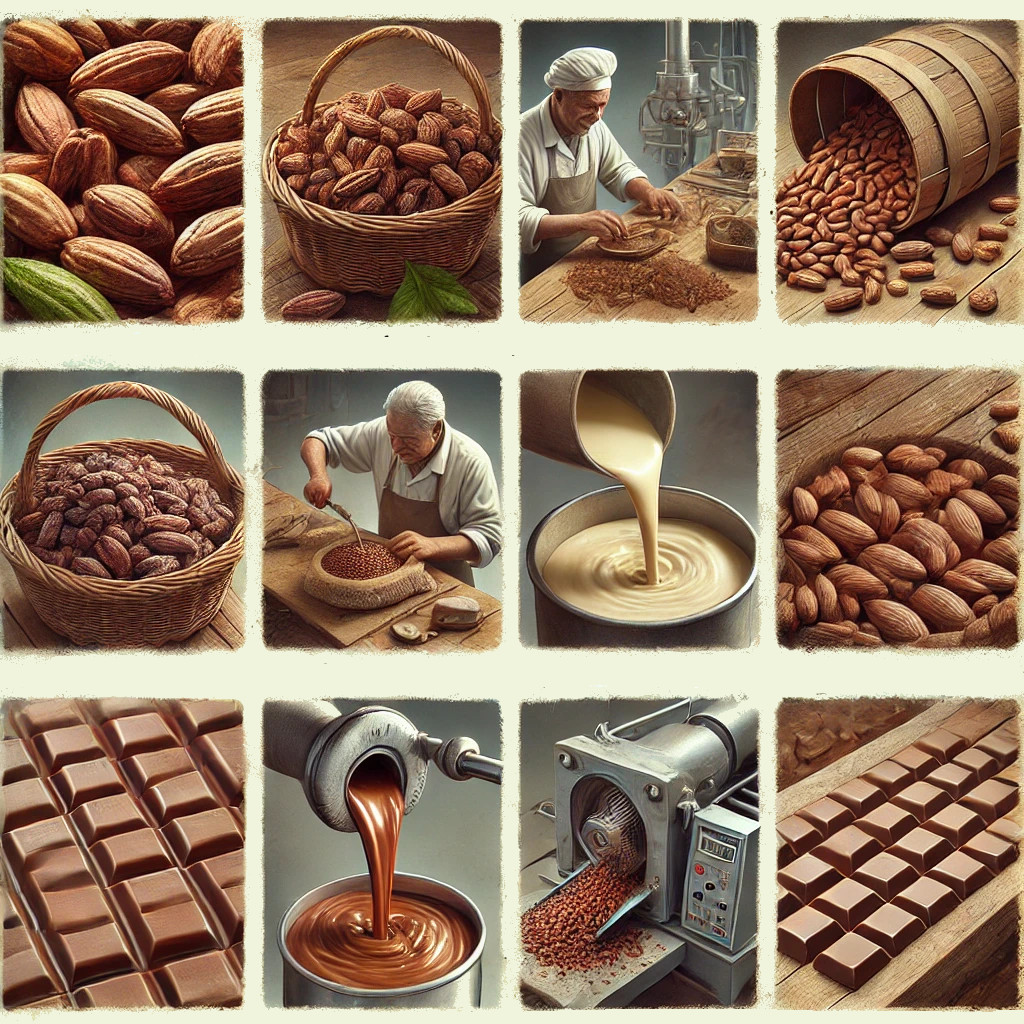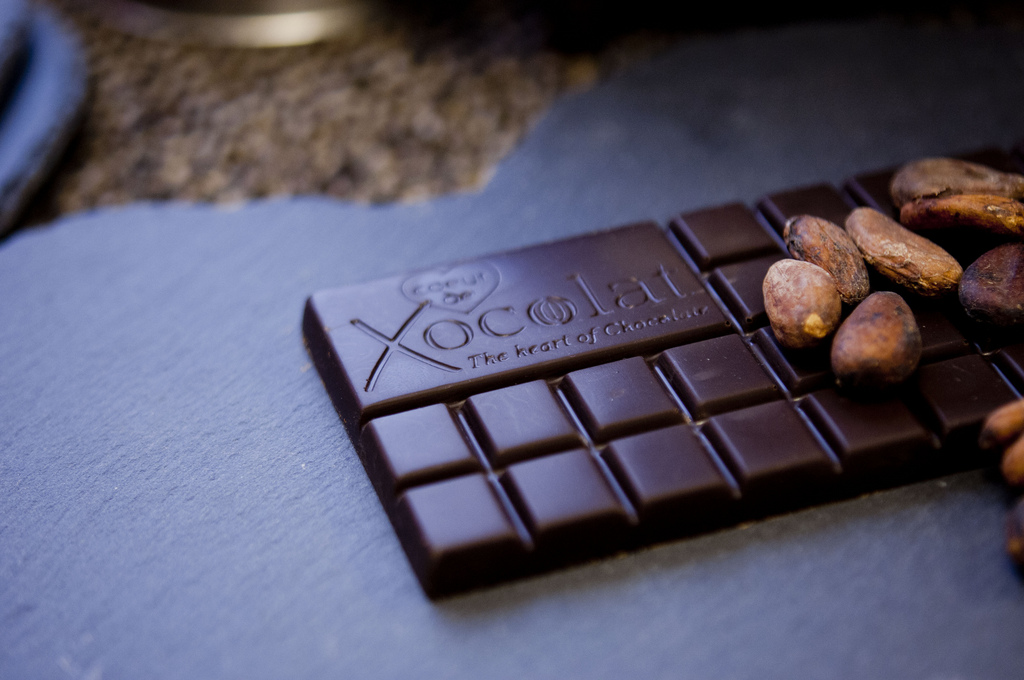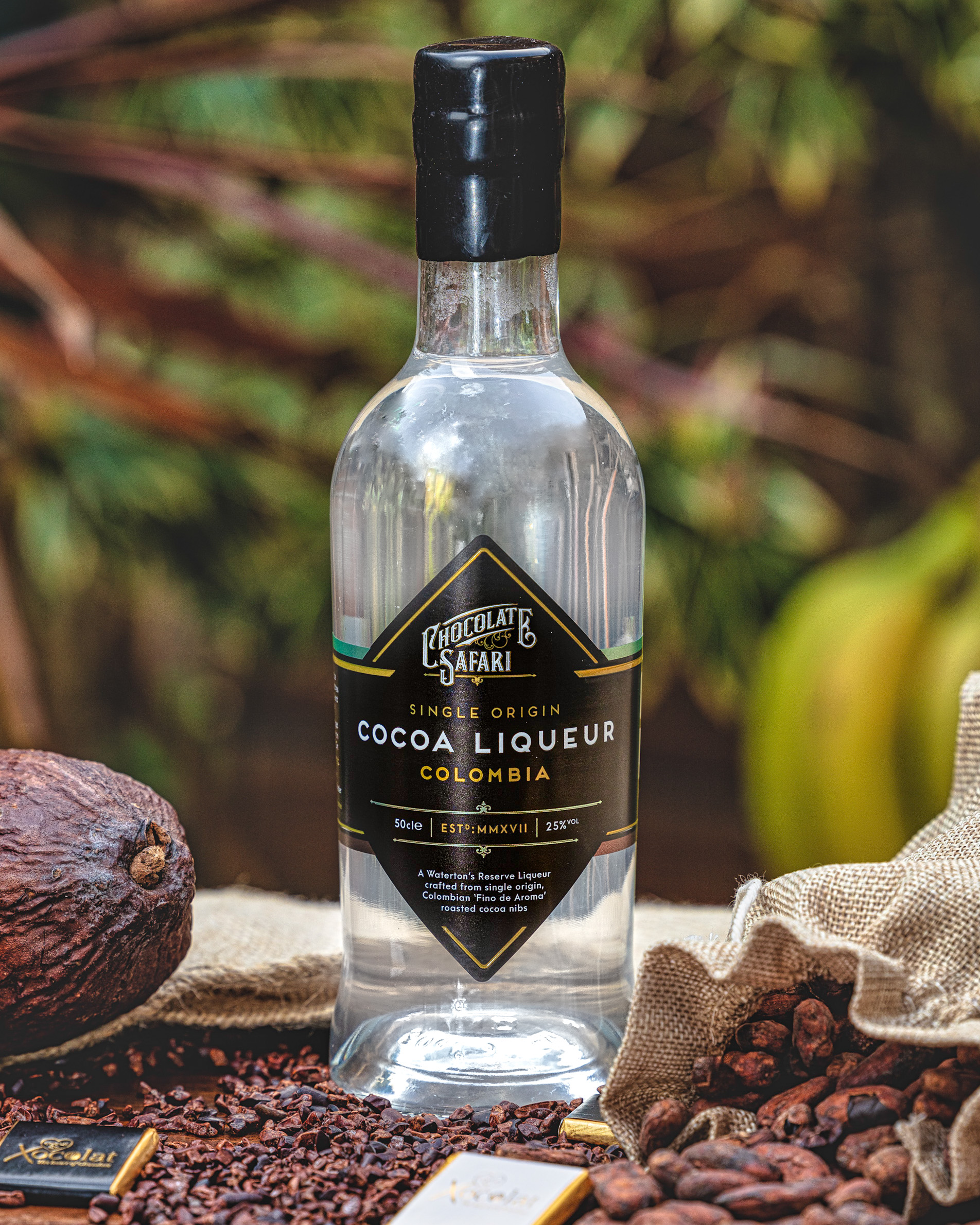The Secret to Thriving in the Bean-to-Bar Market
The chocolate industry is split into two worlds: mass-market chocolate and craft bean-to-bar chocolate. While big brands dominate the low-cost, high-volume segment, small artisan chocolate makers create something truly unique—flavourful, ethical, and premium chocolate.

But here’s the reality: small-scale makers can never compete on price. And that’s a good thing.
Instead of racing to the bottom, craft chocolate makers should double down on quality, flavour, and ethical sourcing—the things mass-market brands can’t replicate.
Why Craft Chocolate Can’t—and Shouldn’t—Compete on Cost
It’s tempting to think there’s a way to make bean-to-bar chocolate cheaper to reach more people.
But the truth is, craft chocolate costs more to make—for good reasons.
1. Quality Ingredients Cost More
Fine-flavour cocoa is expensive. Bulk cocoa trades at around £2-£4 per kg, while premium cocoa can cost £15-£30 per kg or more.
Craft makers work directly with farmers, ensuring ethical pricing and better sustainability.
Unlike mass-market brands that use emulsifiers, vegetable fats, and artificial flavours, artisan makers stick to real cane sugar, natural ingredients, and high-quality packaging.
2. Small-Scale Production is More Expensive
A craft chocolate maker producing 50 kg per week has to spread costs (rent, energy, equipment) across fewer bars, making each one pricier.
Meanwhile, industrial chocolate factories operate 24/7, producing thousands of bars per hour, dramatically reducing their costs.
Craft makers hand-sort, small-batch roast, and refine chocolate for longer, which creates superior flavour—but at a higher cost.
3. Craftsmanship Adds Value
Bean-to-bar makers take care at every step: from selecting beans, roasting for optimal flavour, and tempering to perfection.
Mass-market chocolate prioritises speed and efficiency, often stripping out unique characteristics for a uniform product.
This is where craft wins—not by being cheaper, but by being exceptional.
How Craft Chocolate Makers Can Compete & Thrive
Since cost-cutting isn’t an option, here’s how craft chocolate brands can succeed:
1. Focus on Flavour & Storytelling.jpg)
Consumers buy craft chocolate for the experience, not just the product.
Share details about bean origins, tasting notes, and the farmers behind the cocoa.
Use packaging, blogs, and social media to educate and engage customers.
2. Build a Strong Brand & Community
Invest in eye-catching, premium packaging that reflects your values.
Share behind-the-scenes insights into your chocolate-making process.
Host tastings, workshops, and online events to create a deeper connection with customers.
3. Sell Direct-to-Consumer
Avoid retailers that take 30-50% margins—build your own eCommerce platform.
Offer subscriptions, limited-edition bars, and tasting kits to keep customers engaged.
Use social media and email marketing to connect directly with your audience.
4. Leverage Limited Editions & Seasonal Releases
Keep customers excited with unique bars using different cocoa origins, fermentation styles, and ageing techniques.
Partner with other artisan producers (coffee roasters, distillers, spice brands) for exclusive collaborations.
Quality Always Wins
If there’s one key takeaway, it’s this:
Craft chocolate isn’t competing with mass-market brands. It’s offering something they can never replicate—true flavour, ethical sourcing, and craftsmanship.
By focusing on quality, storytelling, and direct connections with customers, craft makers can charge premium prices and build sustainable, loyal communities.
👉 What’s your strategy for standing out in the craft chocolate market? Let’s discuss in the comments!
